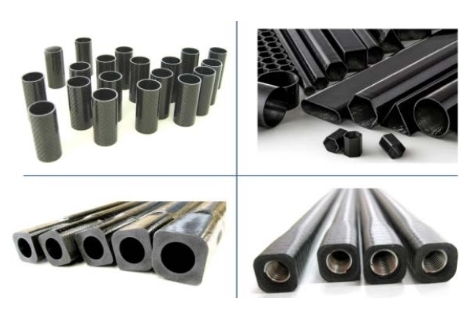0 التعليقات
·0 المشاركات
·
·
-
-
0 التعليقات ·0 المشاركات · ·
-
-
-
0 التعليقات ·0 المشاركات · ·
-
0 التعليقات ·0 المشاركات · ·
-
0 التعليقات ·0 المشاركات · ·
-
0 التعليقات ·0 المشاركات · ·
-
-
0 التعليقات ·0 المشاركات · ·
الصفحات المعززة




